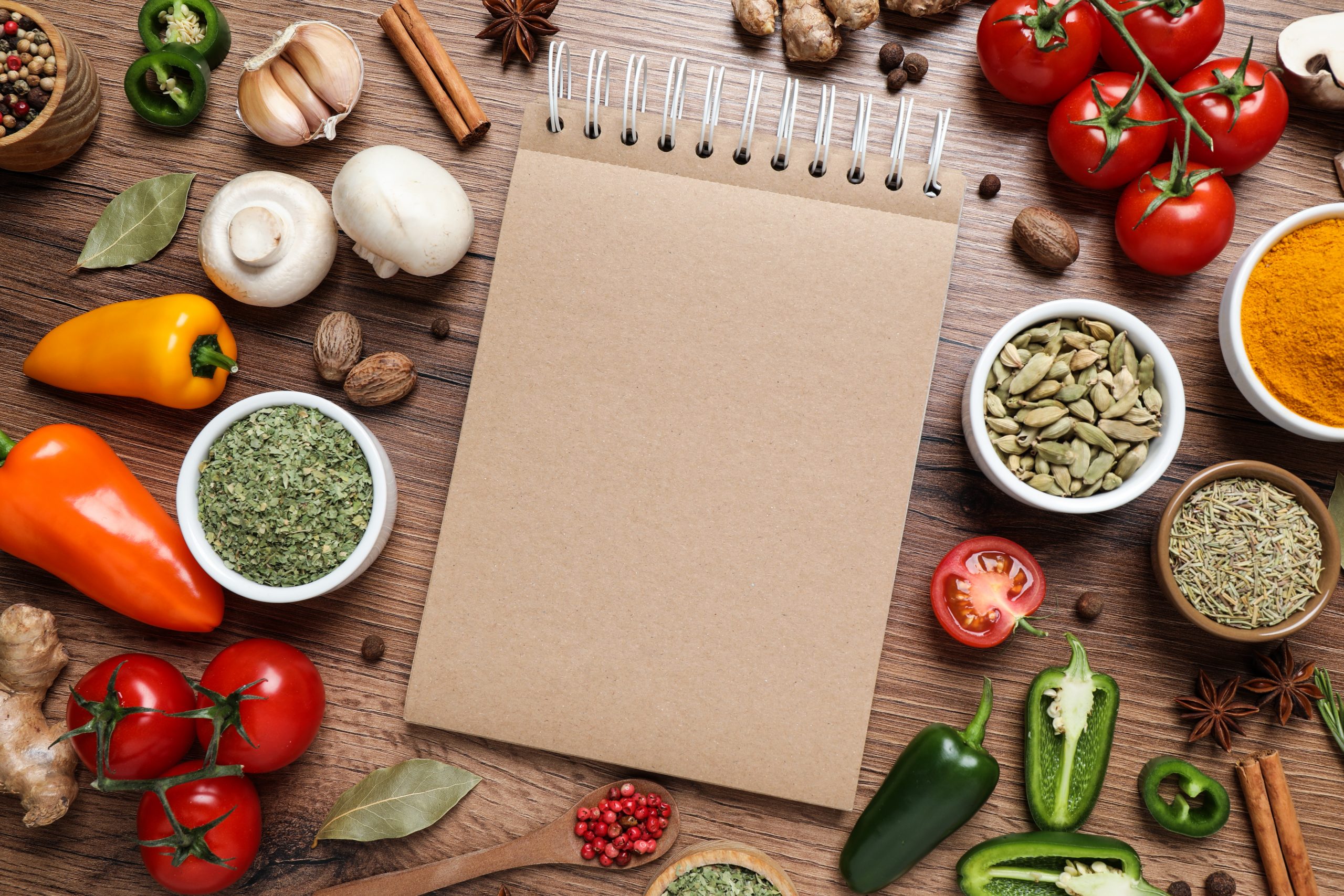A good cookbook is always a labor of love. From the author and their team of tasters to the editors and publishers that painstakingly format and check everything, every person is committed.
The reason we love these glossy tomes is that food and cooking are international love languages. We share the food we make with our nearest and dearest to show them that we care. We cook for strangers and acquaintances as a way of sharing a part of ourselves.
Our history and traditions, our culture and acquired tastes, are all expressed in the food we prepare.
Food is one of the greatest, oldest, most delicious ways to learn about people and cultures from around the world. A good cookbook captures that magic between its covers. It’s a surprisingly profound type of book that we often take for granted.
We need to make these cultural caches available to as many people in the world as possible.
Cooking Across Language Barriers
Vocabulary
Anyone who has ever tried to use a recipe written in a language they do not speak or read will tell you that it is hard. Knowing common words like flour and butter is just not enough.
If you’re thinking that most cooking vocabulary will be recognizable from one language to the next, think again. It’s very easy to get turned around and end up with coriander where your cumin should be.
When it comes time to translate a cookbook, vocabulary is an important first step. Taking the time to find a translator familiar with the language and the culture is important.
Food is central to every culture, and how people talk about it differs from place to place. A translation needs to be both linguistically correct and culturally appropriate.
Measurements
Cooking measurements are not standard from country to country. A translated cookbook should have editions specific to each audience. If you know your cookbook is being published in Mexico, make sure it isn’t translated by someone who knows only European Spanish.
If you decide to use a measurement conversion table in your cookbook, make it in addition to the proper measurements used in every recipe. The more reader-friendly the recipes, the more likely people are to enjoy both the book and the food.
Ingredients
The ingredients used in a cookbook are undoubtedly available in the home country of the author. Are they also available in every country in which the book will be published? A truly thoughtful translation will give the reader ideas for where they might find local ingredients in their countries.
A great example is a cookbook translated from Japanese to English. Letting the reader know which ingredients are likely to be available only at an Asian market makes them far more likely to try a recipe.
Some ingredients might not be available at all in places you’d like to publish your cookbook. Make sure to provide substitutions that are accessible and not outlandishly expensive.
Cookware and Utensils
Every cook in the world has the same pots and pans, right? Wrong. Every cook in the world has the tools and utensils they need to cook their recipes. Don’t assume they have what they need to cook yours.
Make sure to provide explanations for non-standard tools. Tell the reader what they are, how they’re used, and where to find them. If they are expensive or likely to be unavailable, offer suggestions for substitutions if possible.
Storytelling
Nearly all good cookbooks have a storytelling component. They aren’t just page after page of ingredients with basic instructions. People buy cookbooks to connect with the author and their culture, so be sure that translations capture your style and your stories.
Finding a Translator
Whether you’re an author self-publishing your own cookbook or a publisher with lots of cookbooks to go out into the world, you need to find the right translation service.
Everything from vocabulary to storytelling is easier with a translator that is fluent in both languages and sensitive to both cultures for each edition being published.
Authors and publishers can do a lot of the research needed about ingredient availability, tools, and the need for extra sections for specific countries. Having those things in hand helps your translator, but is not a substitute for their knowledge.
Be open to learning how to transform your recipes for a new audience.
At Trusted Translations, we have the depth of experience you need to capture the nuance in your cookbook. We can help you maintain your careful formatting so your recipes look as good as they taste.
We also understand the importance of sharing food, recipes, and stories on an international level. Not only does your book reach a much wider audience, so does your food.
Cookbooks have their own special language, one that we will help you share with the world.






